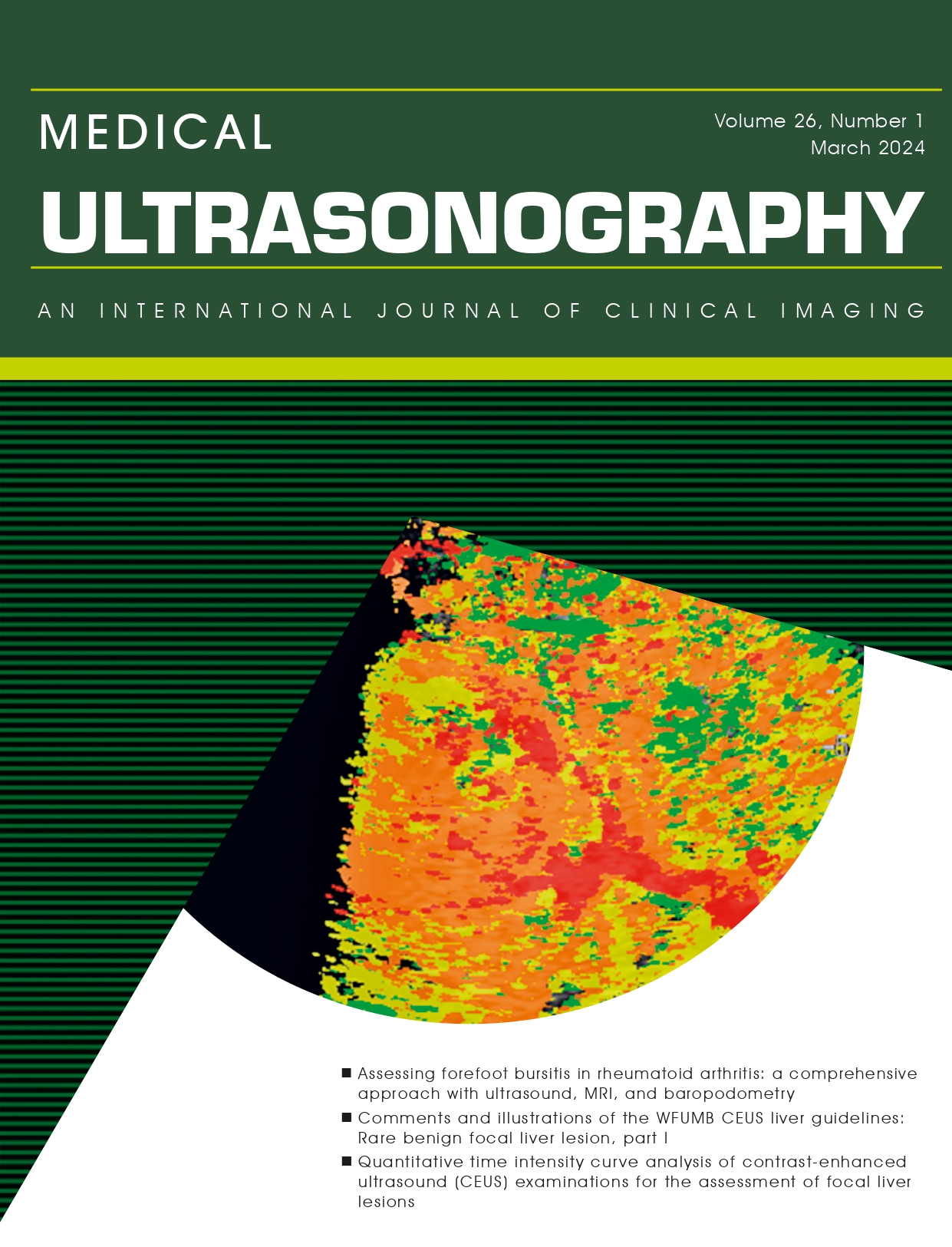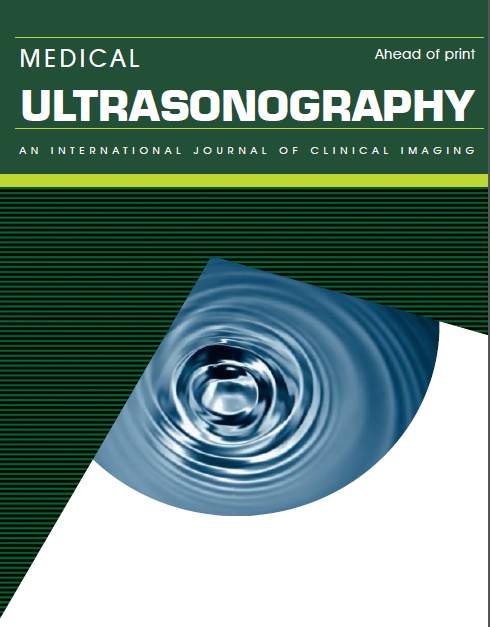The role of ultrasonography in the evaluation of maxillary sinusitis in pediatrics
Abstract
Sinusitis in children may sometimes present non-specific signs and symptoms. The imaging techniques used for its diagnosis are computed tomography and magnetic resonance imaging, the standard radiography being used less and less. Ultrasonography is seldom mentioned in literature as a diagnosis method of sinusitis. Objective: The purpose of this study is to evaluate the value of ultrasonography compared with the standard X-ray in the diagnosis of maxillary sinusitis in children. Method: The study was prospectively conducted. The study group included 76 patients who had an ultrasound of the maxillary sinuses. The including criteria were represented by uncontrolled or partially controlled asthma, symptomatology suggesting rhinosinusitis and age over 4. Patients with radiological anomalies of the maxillary sinuses were excluded from the study as well as the patients who were not examined through X-ray and the ultrasonography on the same day. The ultrasound was performed with a pediatric convex transducer with the patient in a sitting position. The ultrasonographic exam evaluated the presence of fluid collection and mucosal thickening within the maxillary sinuses. Signs evaluated by X-ray exam were: total opacity of the maxillary sinus, air-fluid level and mucosal thickening. The Wilcoxon matched-pairs tests was used in order correlate the results obtained through ultrasonography and radiograph. It was considered statistic significant p < 0,05. Using the ROC curve the sensitivity and the specificity of the ultrasound compared with the standard radiograph were determined. Results: Based on the excluding criteria a number of 67 patients (35 male) were selected from the study group. The patient’s mean age ± standard deviation was 9 years 2 months ± 3 years 9 months. 134 maxillary sinuses were analyzed ultrasonographically and radiologically. There was a diagnosis agreement between the two techniques in 112 out of 134 sinuses (83,5%). Compared to the standard X-ray, ultrasonography had a 94.9 % sensitivity and a 98.4 % specificity. The error of the ultrasound exam compared to the standard X-ray evaluated in a divided interpretation was low for the normal aspect (1.58%) and for the fluid collection (5.12%), but the error for the thickening of the mucosa was high, over 50% (59.37%). In conclusion, ultrasonography may come to represent, on a larger scale, an accessible imaging alternative to the more invasive investigations used in the present in evaluating fluid collections in the maxillary sinus in pediatrics.
Keywords
Refbacks
- There are currently no refbacks.




